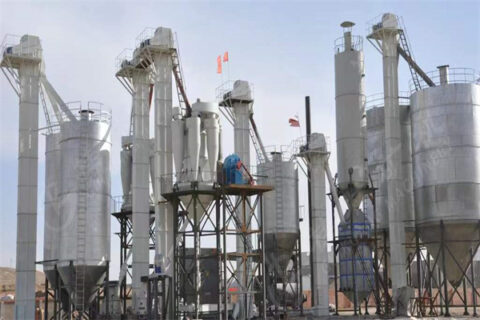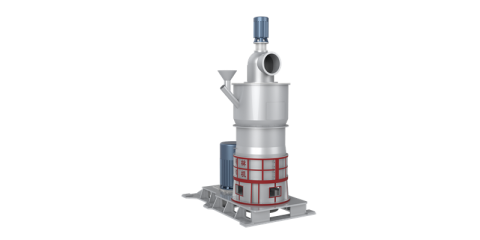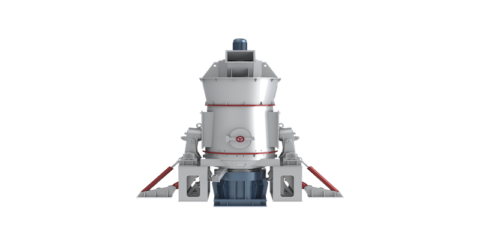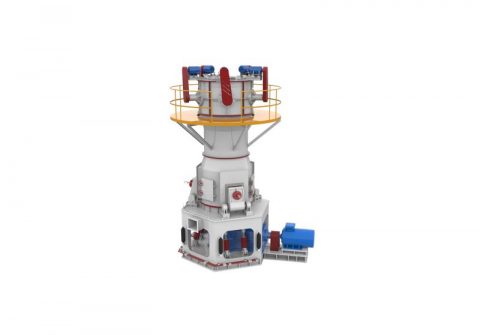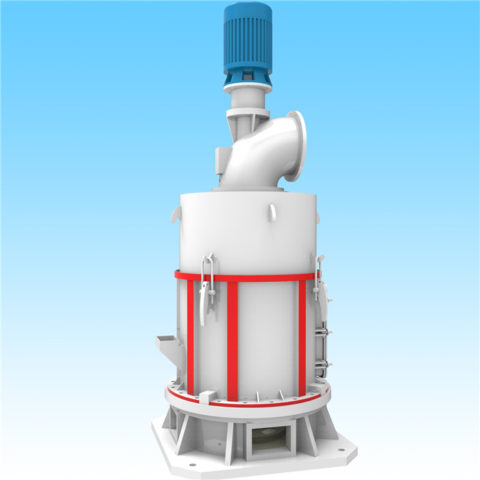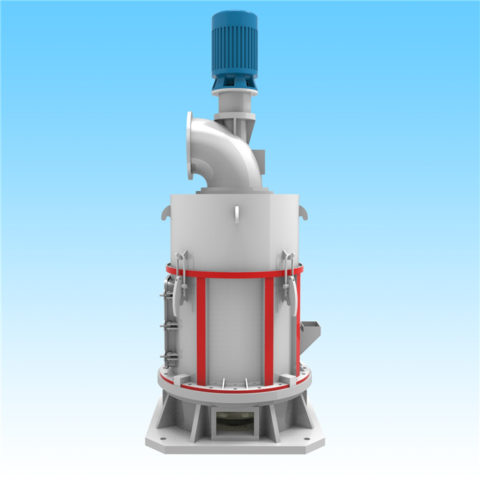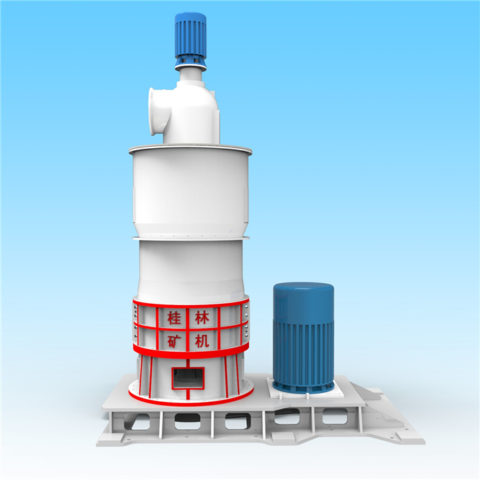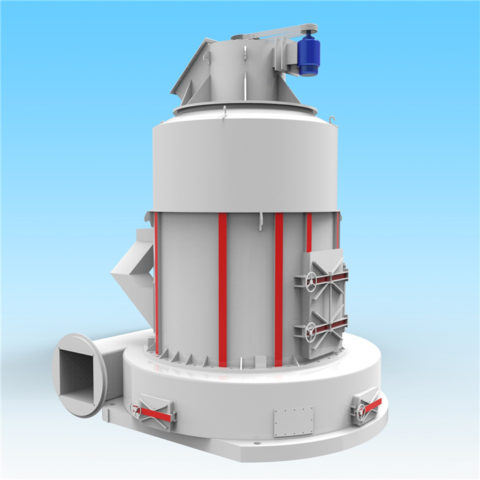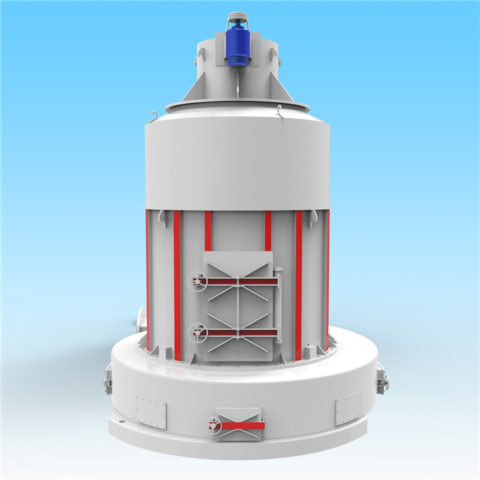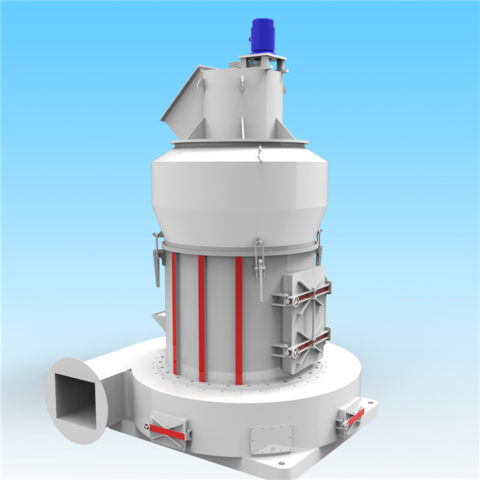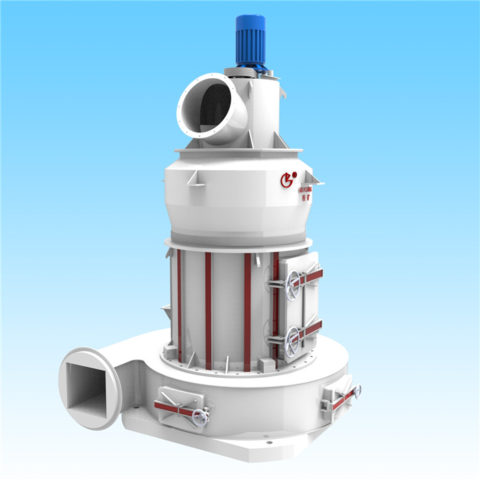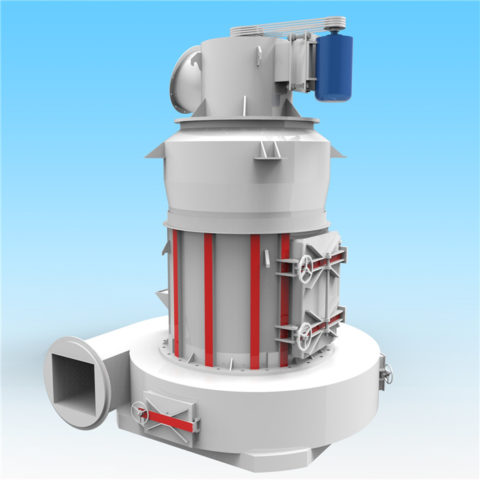Calcium carbonate has a long history of application in the rubber industry. Its usage can save money while also improving heat resistance, size stability, and the hardness of the base material.
Calcium carbonate was the first filler used by the rubber industry and is still currently the most common. Adding significant volumes of calcium carbonate to rubber can increase the volume of the product, reducing the usage of pricey natural rubber and therefore lowering expenses.
Calcium carbonate added to rubber improves tensile strength, abrasion resistance, and tear resistance even more than vulcanization. Calcium carbonate also has a considerable reinforcing effect and can increase uniformity in both natural and synthetic rubber.
Calcium carbonate is used in such small rubber products as oil seals and auto parts, and also in such large products as tires, tape, and rubber hoses. Not only is calcium carbonate used alone as a reinforcing filler, when needed, it may also be used together with other fillers like carbon black, white carbon black, clay, and titanium white to achieve reinforcing, filling, coloring, improving workability, enhancing product performance, and reducing latex content. Calcium carbonate may also partially replace such more-costly white fillers as white carbon black and titanium white.
Production:
-The main ingredient, limestone, is mechanically crushed to generate GCC (Ground Calcium Carbonate). Then it is sorted according to the desired size. The method does not entail any chemical changes.
-Manufacture PCC involves the following chemical changes:
+ Calcination: To generate quick lime, limestone is heated to around 1000 degrees Celsius.
CaCO3→Ca0 + CO2↑(Lime/Quick Lime)
+ Hydration/slacking: The quick lime pebbles are mixed with water in a specific ratio to make hydrated lime slurry, often known as milk of lime.
2Ca0 + 2H20→2Ca(OH)2
+ Carbonation: The milk of lime slurry is subsequently treated with CO2 produced during the calcination process and converted back to CaCO3.
Ca(0H)2 + C02→CaCO3 + H20
+ Filtration and Drying: CaCO3 is generated as a slurry (some applications use it as a slurry), which is then filtered and dried to powder.
GCC and PCC are chemically the same. PCC is purer than the limestone from which it is made, since other impurities are eliminated throughout the process., and is lower in silica and lead.
PCC’s size and form are controlled, hence PCC has more advanced applications compared to GCC. The formulator can choose a shape and the physical properties that result from that shape, which gives the best performance in the end-use. In addition, GCC seems to be irregularly rhombohedral under extreme magnification, while the shape of the PCC crystal varies on the product, and the particles are more homogenous and regular.

